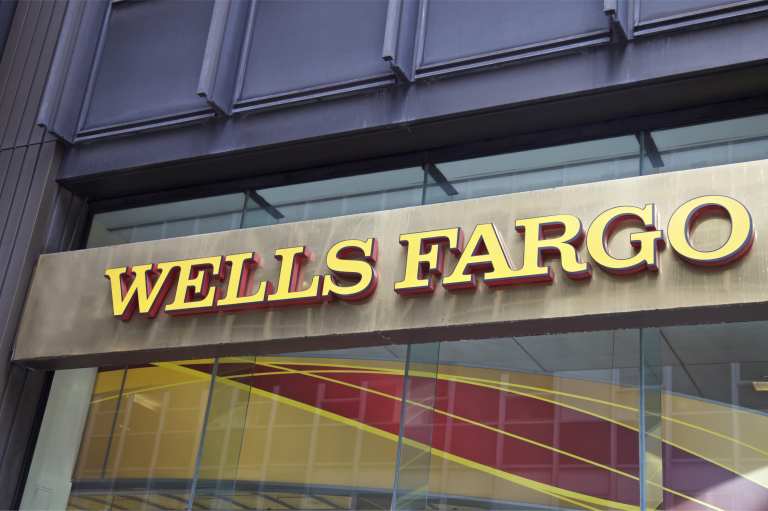Profit was up 19 percent to $6.2 billion, coming in well ahead of Wall Street predictions. Wells had previously reported profit of $5.9 billion in the first quarter and $5.2 billion in the quarter that closed out 2018.
Net interest income — a main driver of bank profits — came in a bit below estimates at $12.1 billion, a $216 million decline. Net interest margin (NMI) was also down, 9 basis points, owing to increased deposit costs and a “lower interest rate environment,” according to the bank.
The bank also reported a slight increase in average consumer deposits to $778 billion, a figure boosted by promotional activity during the quarter.
Wells Fargo has also been part of the stock buyback wave that has been sweeping through the nation’s biggest banks. For its part, Wells Fargo repurchased $4.9 billion of stocks during the second quarter alone, nearly doubling the amount from the year before during the same time period.
On the lending front, the bank’s loan balances as Q2 came to a close came in at $949.9 billion, up $1.6 billion from the first quarter with increased activity in real estate, credit card and automobile lending all pushing growth.
Chief Financial Officer John Shrewsberry was optimistic during his report to analysts on the bank’s performance, highlighting its strong capital position as it returned $6.1 billion to shareholders through dividends and share repurchases. He also reported that after a long rocky period in terms of consumer relations, recent surveys indicate consumer satisfaction is on the rise and that primary consumer checking customers are on the (slight) rise, a trend that is forecast to continue.
Shrewsberry also reported, however, that the company’s expenses rising trend is likely to continue — and will likely be in the $52 billion to $53 billion range.
Advertisement: Scroll to Continue
“Last quarter, we said we expected net interest income to decline 2 percent to 5 percent this year compared with 2018 and if the rate environment we are in today persists, we would expect to be near the low-end of the range,” Shrewsberry said on the call.
The news was less than thrilling to Wells Fargo investors, as the firm’s stock fell 2 percent in midday trading on Tuesday as the earnings results went out of the wires.
“Considering the operating miss and a big decline in NIM, we expect the stock to underperform peers today,” Piper Jaffray analyst Kevin Barker wrote shortly after the earnings release, according to CNBC. “We expect NIM to continue declining through 2019 due to guidance from higher deposit costs pressure on loan yields from lower rates.”
And walking out of the latest earnings report, the market is still wondering about what the future leadership situation at Wells Fargo will be. The firm offered no update as to who will fill the vacancy at the top of the bank caused by the departure of CEO Tim Sloan nearly four months ago.
Recent speculation indicates that interim CEO Allen Parker, the former general counsel and a Wall Street lawyer, is in line to have his rule made permanent, though there has been no official word.
Whomever is chosen, Wells Fargo’s regulators will need to sign off on the pick.




